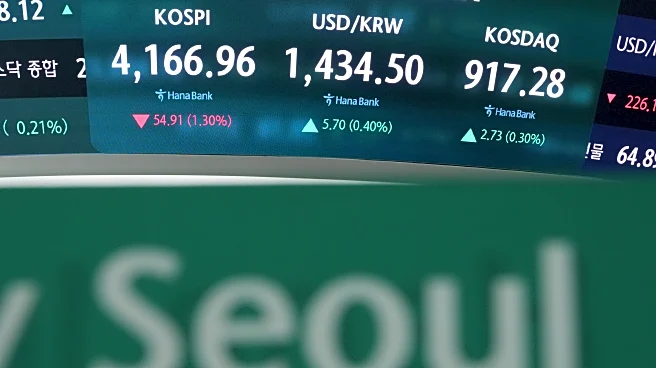What's Happening?
A volunteer metal detectorist has uncovered a 2,200-year-old Celtic gold coin in Gundorf, Saxony, Germany. The coin, weighing two grams and in near-mint condition, is classified as a quarter stater and predates
previously known specimens in the region. This discovery offers new insights into ancient trade links between the Celts and central European communities, suggesting more extensive cross-cultural exchanges than previously thought.
Why It's Important?
The find challenges existing narratives about the boundaries of Celtic influence, indicating that Saxony was part of a broader network of trade and cultural exchange. It highlights the role of portable and visually striking items in demonstrating power and alliance among ancient societies. The discovery contributes to our understanding of the economic and social dynamics of pre-Roman Europe, offering a tangible connection to historical trade routes and elite interactions.
What's Next?
Archaeologists may conduct further excavations in Saxony to uncover additional artifacts and expand knowledge of Celtic presence in the region. The discovery could lead to a reevaluation of historical trade networks and cultural interactions in ancient Europe. Researchers may explore the implications of such finds for understanding the spread of Celtic culture and influence.
Beyond the Headlines
The coin's symbolic nature raises questions about the use of artifacts as status symbols and their role in ancient societies. It prompts discussions about the preservation and study of cultural heritage, emphasizing the importance of volunteer contributions to archaeological research. The find may inspire interest in exploring the connections between ancient European communities and their modern counterparts.













